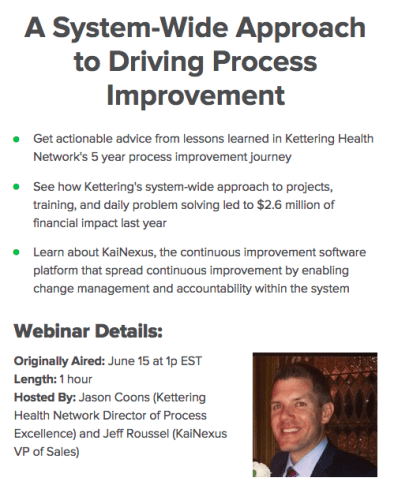The title here doesn't refer to LinkedIn's technology, their website, solving or causing problems.
I'm referring to a post I wrote there the other day that has a Lean and Toyota angle to it. Click on the image to read the post.
Do the coffee urns at a conference really need to have digital signs? I thought not. It seemed to be a technology chasing a solution. Of course, something went wrong with one of the digital signs (at a meeting hosted at the headquarters of a large technology company, no less).
Comments on the post didn't generate too much debate, but a few people brought up an interesting grey area.
When is new technology:
- A bad idea (you shouldn't have tried it)
- An idea that's not just “reliable and thoroughly tested” yet
When do you have the early stages of a failure and when do you have what's just a “Minimum Viable Product,” as they say in the Lean Startup approach?
Personally, I agree with the Toyota and “Lean” view of technology. Point #8 of “The Toyota Way” approach says:
Use only reliable, thoroughly-tested technology that serves your people and process.”
In a version of the post that I also published on the KaiNexus blog, I wrote, in part:
Here at KaiNexus, we love technology. Or, at the very least, we are OK with technology. I have to tell you story, though, about a recent technology failure that I saw when speaking at a conference.
Before I get into that, I'd like to elaborate that the KaiNexus team is passionate about helping people and organizations spread continuous improvement. We're probably more passionate about that than anything else. The technology exists to further that goal. Technology is a means to an end. We also believe that technology is only part of the overall solution…you also need leadership and a good methodology to make the best of technology.
Some say our web-based technology isn't necessary. Do paper Kaizen boards work just fine? Yes, until they don't work fine any more. I teach people how to create paper-based Kaizen boards. They can work great for a local team. They're simple and provide great visibility… to those who are physically there.
Our customers are trying to manage and spread continuous improvement across multiple sites… see this blog post and this webinar by Kettering Health Network, one of our KaiNexus customers. They didn't think boards scale well. There are definitely problems that our KaiNexus software solves.
Some other good posts from the KaiNexus blog:
- When Should You Totally Scrap Your Employees' Improvement Ideas?
- Build Cross Functional Teams with These Tips from the NBA
- Why You Should Leave Improvement Software Development to the Experts
- The Most Common Objection to Continuous Improvement Software, Answered
- 24 Thought-Provoking Quotes for Leaders of Continuous Improvement
- Bridging the Vision/Technology Gap: Live Video Streaming and KaiNexus
Thanks for reading!
Please scroll down (or click) to post a comment. Connect with me on LinkedIn.
Let’s work together to build a culture of continuous improvement and psychological safety. If you're a leader looking to create lasting change—not just projects—I help organizations:
- Engage people at all levels in sustainable improvement
- Shift from fear of mistakes to learning from them
- Apply Lean thinking in practical, people-centered ways
Interested in coaching or a keynote talk? Let’s start a conversation.










![When Was the Last Time a Leader Around You Admitted They Were Wrong? [Poll]](https://www.leanblog.org/wp-content/uploads/2025/07/Lean-Blog-Post-Cover-Image-2025-07-01T212509.843-100x75.jpg)
